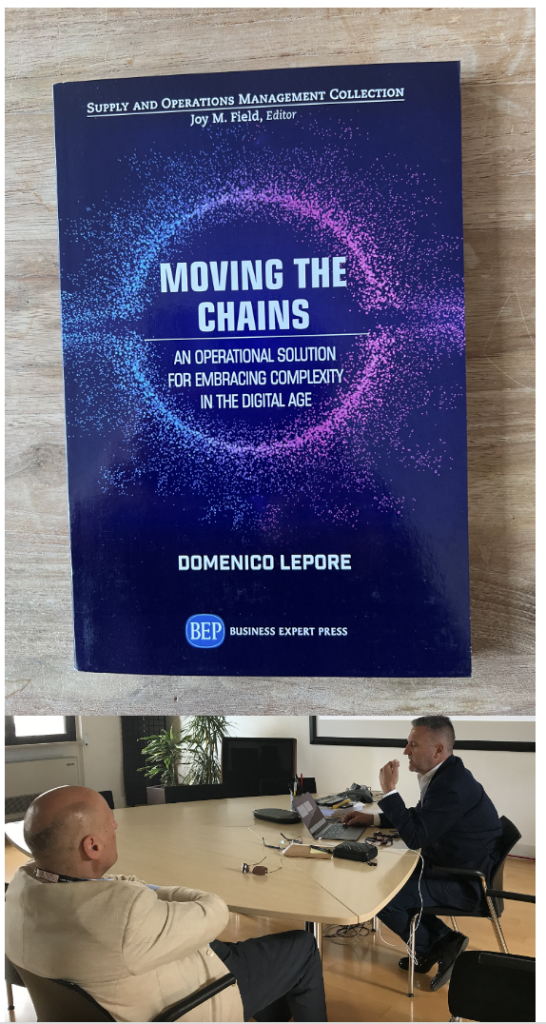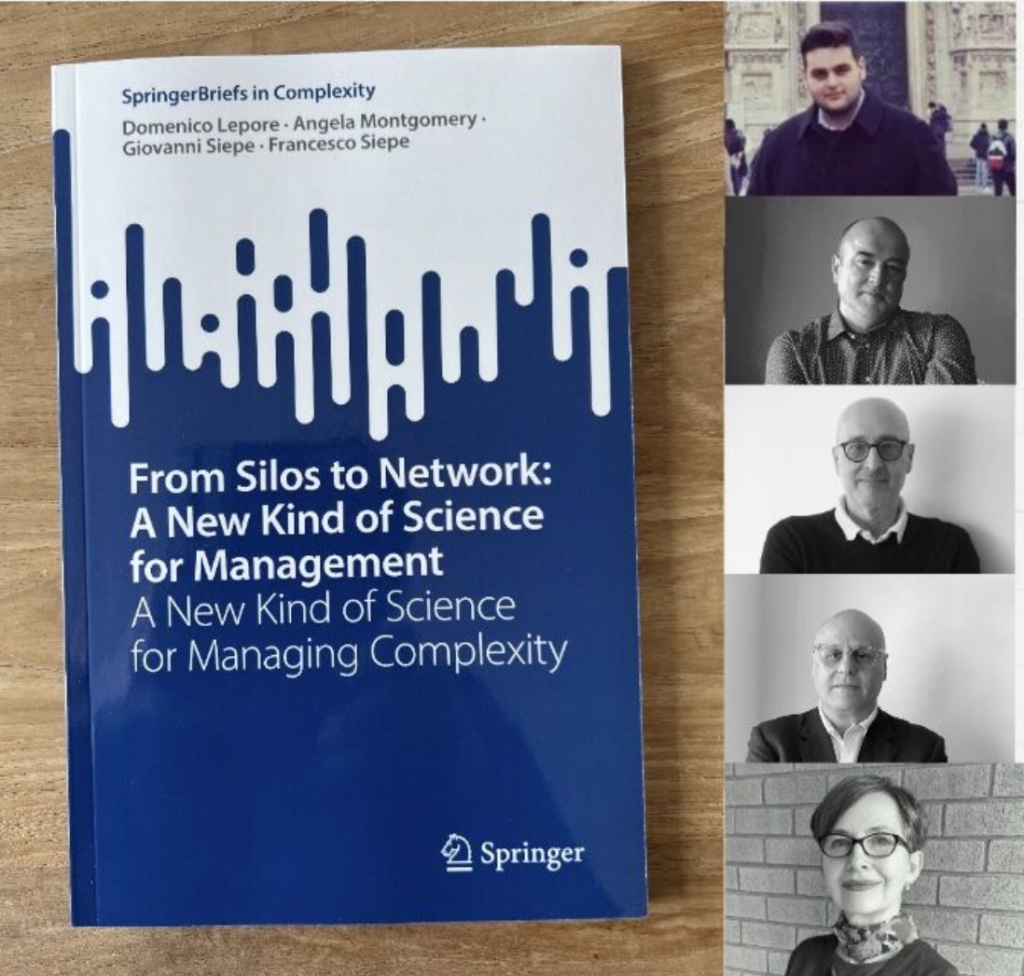
Any company that is on the path of Digital Transformation wants technology to boost its performance. But it’s not just about technology. It also requires transforming the way a company thinks and behaves in order to benefit fully from what technology offers. The opportunity for companies to take a leap in performance exists, but there is still very little awareness about how to structure a company differently to take advantage of technology. In today’s blog, we summarize two of our books that illustrate how to optimize your company in the digital age.
Meaningful digitization
Thirty years after Nicholas Negroponte’s ‘Being Digital’, most conversations about digitization still revolve around technology, NOT the changes necessary to reap its arguable benefits.
Organizations still mired in an anachronistic silo structure (and mentality) will use digital tools to do the wrong things faster, proliferate functional roles (see no further than the ludicrousness of the “Chief Digital Officer”) and further demean the role of the CIO – see our white paper “Letter to a CIO: Understanding Your Dilemma and How to Move Forward”.
Failure to understand the Copernican revolution that digitization brings will foster at light speed the creation of an uncontrolled series of local fiefdoms, creating unnecessary fragmentation and stifling the attempt to accelerate the flow of information, material and money.
At Intelligent Management we believe digitization is not a primarily technological issue; it is, at its very core, an organizational one. Accordingly, when Scott Isenberg at Business Expert Press invited us to give our take on it, we took the opportunity.
‘Moving the Chains’ draws from our previous books to illustrate the path towards meaningful digitization, one that embraces the cognitive and organizational shift that needs to take place in a world that has moved from atoms to bits. It is graced by a chapter written by the CEO and founder of Hyphen-Group, Stefano Righetti, who was one of the very first technologists to embrace a Deming view of the organization and moulded his very successful software on that view.
It is a good read and hopefully a contribution to a broader conversation on the subject. It will guide you in your efforts to optimize your company for today’s challenges. See https://www.businessexpertpress.com/books/moving-the-chains-an-operational-solution-for-embracing-complexity-in-the-digital-age/

Dissolving silos through a Network of Projects
The most distinguishing feature of both Dr. Deming and Dr. Goldratt is their unending quest for knowledge. Both of them strove relentlessly to share that knowledge for the betterment of any worthwhile human endeavour, especially in highly complex environments like Industry, Education, Healthcare, Government, etc.
Their teachings have inspired and informed the professional lives of all of us at Intelligent Management and prompted our efforts to develop new knowledge. In 2016, by invitation from Dr. Anthony Y, Masys editor of the Springer volume ‘Applications of Systems Thinking and Soft Operations research in Managing Complexity’, we wrote a long chapter called “Managing Complexity in Organizations through a Systemic Network of Projects.” In that chapter we lay the conceptual foundation for an organization design that is truly coherent with a Deming-Goldratt whole system optimization. This is something we expanded upon in 2017 in our book ‘Quality, Involvement, Flow: The Systemic Organization’ for CRC Press.
What we needed at this point was something that could illustrate (and support) practically how the transformation into an optimized system can happen. We thought that a good algorithm could do the trick. Luckily, we had a formidable mathematician at hand, Dr. Francesco Siepe Ph.D., and a young and talented team of computer scientists, lead by Nicola Vastola, who gladly accepted the challenge.
‘From Silo to Network: A New Kind of Science for Management’ was, again, written by invitation from Springer and we are grateful to our editor Dr. Hisako Niko, with whom we share a common academic background, for her patience, wisdom and intellectual courage to publish something somewhat “revolutionary”.
If you have the curiosity and the determination to wade through it, what you will find in this booklet is a well articulated evolution of Dr. Goldratt’s original CriticalChain algorithm that does not rely on gimmicks or workarounds. Far from a series of tips for managing flow, you will find a rigorous explanation of how to manage a multi-project environment and realize operationally a truly systemic organization, the way Dr. Deming and Dr. Goldratt had imagined.
We think of ourselves as “midgets on the shoulders of giants”. We like the view from there. Please, do join us. See https://link.springer.com/book/10.1007/978-3-031-40228-9

To find out more about ten guided steps to a systemic leap ahead for your company, contact Angela Montgomery at intelligentmanagement@sechel.ws
SCHEDULE AN INTRODUCTORY CALL WITH US

Intelligent Management works with decision makers with the authority and responsibility to make meaningful change to optimize your company for the digital age. We have helped dozens of organizations to adopt a systemic approach to manage complexity and radically improve performance and growth for over 25 years through our Decalogue management methodology. The Network of Projects organization design we developed is supported by our Ess3ntial software for multi-project finite scheduling based on the Critical Chain algorithm.
See our latest books: The Human Constraint from Taylor & Francis; From Silos to Networks: A New Kind of Science for Management from Springer; Moving the Chains: An Operational Solution for Embracing Complexity in the Digital Age by our Founder Dr. Domenico Lepore, and ‘Quality, Involvement, Flow: The Systemic Organization’ from CRC Press, New York by Dr. Domenico Lepore, Dr. Angela Montgomery and Dr. Giovanni Siepe.





Leave a Reply